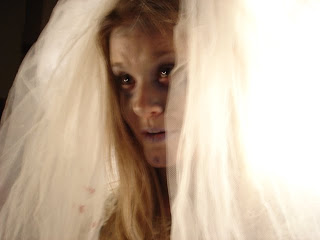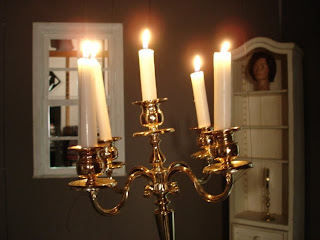Pyro-Night Part I
 Ghost Bride in zombie make-up
Ghost Bride in zombie make-up Candle stick, floating in air.
Candle stick, floating in air. Bride ghost and candle stick side by side.
Bride ghost and candle stick side by side. Dry ice fog generator. Never touch dry ice with out wearing gloves.
Dry ice fog generator. Never touch dry ice with out wearing gloves.
SPECIAL EFFECTS IN CINEMA is a production workshop designed to introduce future film makers to the effects tools available to them in production and post production.
 Ghost Bride in zombie make-up
Ghost Bride in zombie make-up Candle stick, floating in air.
Candle stick, floating in air. Bride ghost and candle stick side by side.
Bride ghost and candle stick side by side. Dry ice fog generator. Never touch dry ice with out wearing gloves.
Dry ice fog generator. Never touch dry ice with out wearing gloves.